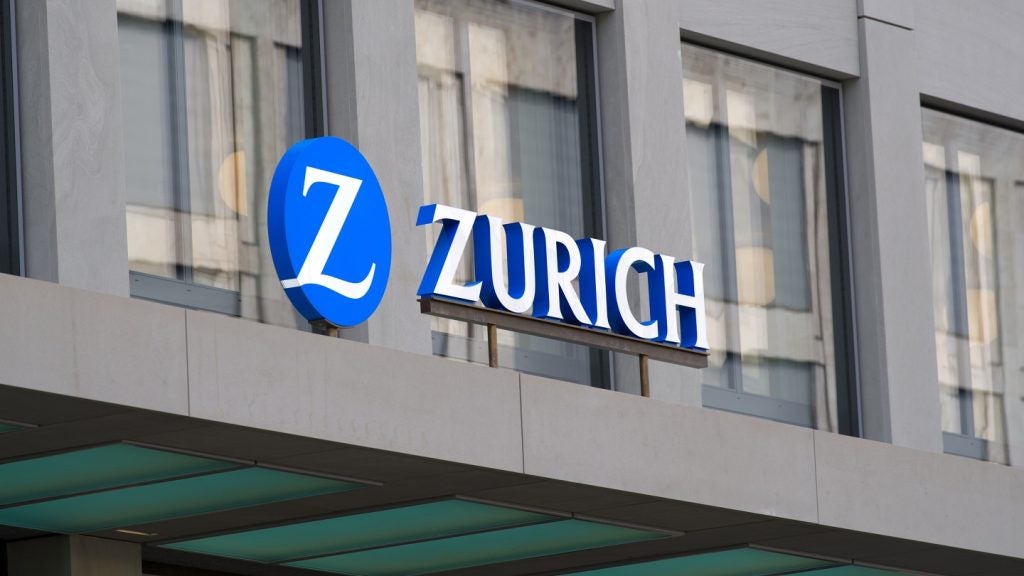Hit by losses in the
wake of the global financial crisis and ongoing equity market
volatility, a number of major variable annuity writers in the US
have exited the market. This comes at a time of strong demand for
variable annuities, placing remaining writers in a stronger
position to dictate product terms. Charles Davis
reports.
Long a harbour in the
economic storm for life insurers, the US variable annuity (VA)
business is in turmoil as several VA writers have either reduced
policyholder benefits to reduce their own financial exposure or
exited the market altogether.
Several top VA writers,
including MetLife, Prudential Financial and Jackson National, have
reduced their rider benefits recently to slow sales and better
manage risk, said insurance industry body LIMRA, which monitors VA
sales in the US.
Going a major step further,
Canadian VA producer Sun Life Financial (see page 8) and
US producer Genworth recently exited the VA business in the US
altogether, citing their primary reason as being the volatility in
equities markets.
In the heady days before the
financial crisis of 2008, VA writers competed fiercely in a
seemingly never-ending series of more attractive withdrawal
benefits for the policyholder’s life. The gamesmanship set the
stage for a dramatic turn when the markets imploded in
late-2008.
How well do you really know your competitors?
Access the most comprehensive Company Profiles on the market, powered by GlobalData. Save hours of research. Gain competitive edge.

Thank you!
Your download email will arrive shortly
Not ready to buy yet? Download a free sample
We are confident about the unique quality of our Company Profiles. However, we want you to make the most beneficial decision for your business, so we offer a free sample that you can download by submitting the below form
By GlobalDataFor policyholders, the
guarantees of locked-in income were great as rattled consumers saw
their contract values rapidly decline.
To compensate for all of
those pre-meltdown contracts, insurers have had to quickly scale
back benefits and raise fees on new contracts.
The wave of charges related
to changes in policyholder assumptions on VAs with guaranteed
benefits is putting a significant dent in both earnings and
capital, according to a new report by Moody’s in the wake of Dutch
financial services group ING’s recent announcement that it would
take a fourth-quarter charge to earnings thanks in large part to VA
losses (see LII 266 P2).

More could
follow
ING took a $1.1bn charge for
changes in policyholder “behaviour” assumptions related to the
closed block of VA policies in its US operation.
And these assumptions could
hold sway at other insurers as well, according to the report by
Laura Bazer, an analyst at Moody’s.
Bazer said that while
assumptions charges are a common occurrence in the VA business, the
specific ING charge could be part of a trend, as policyholders are
becoming more informed about their complex insurance policies, and
are acting to gain the value of guaranteed insurance benefits now
rather than later.
This affects pricing and
hedging the risks of their VA contracts, because companies must
make predictions as to how many customers will hold on to their
policies until they are eligible for benefits, how many of them
will exercise guaranteed benefit options when they become
available, and how many more of them may exercise those options
later in the policy’s life cycle.
Get it significantly wrong,
and the VA writer takes a major hit on the bottom line – as ING
just demonstrated in its charge to earnings in the fourth quarter
of 2011.
ING underestimated how many
policyholders would hang on to the policies longer, thanks in large
part to the meltdown of 2008.
It then had to increase its
reserves to reflect the larger number of policyholders that may
ultimately receive benefits over the life of their
contracts.
Accounting standard
problem
Each country has its own rules
about setting reserves, which helps to explain the Canadians’ exit
from US annuities. Canadian companies accounting and reserving
methodologies require earlier and more detailed disclosure of such
charges.
The Canadian distinction can
be seen in Manulife Financial taking an after-tax charge of $303.1m
for changes to its assumptions for VA lapse rates, reflecting the
uncertainty within the VA business at its US-based John Hancock
operation.
Sun Life Financial in
December 2011 decided to exit the US VA and life business entirely,
after a loss of C$606m ($592m). With year-to-date sales of $2.3bn,
Sun Life ranks 13th in US sales of VAs, according to data from
LIMRA and a joint report by the Insured Retirement Institute and
Morningstar.
In a statement, Sun Life
cited “unfavourable product economics, which, due to ongoing shifts
in capital markets and regulatory requirements, no longer enhance
shareholder value”.
Sun Life said that it would
seek to strengthen its business in four key areas,
including:
- insurance, wealth management
and employee benefits; - group insurance and
voluntary benefits in the US; - investment/asset management;
and - Sun Life’s market presence
in Asia.
Manulife Corp reported a
third-quarter net loss of $1.24bn on what it described as
“substantial declines” in equity markets and interest rates, and
took a C$882.7m hit associated with hedging the guarantees on its
variable annuities.
Manulife’s Boston-based John
Hancock Financial subsidiary is the 18th largest writer of VAs in
the US.
“Due to volatile equity
markets and the historically low interest rate environment that is
expected to continue for an extended period of time, John Hancock
is restructuring its annuity business,” said a spokesperson for
John Hancock in an email response to LII.
“Going forward, our current
annuities will be sold only through a narrow group of key
partners.”

Still in big
demand
The great irony is that while
insurers seek to reduce their exposure to VA volatility, consumer
demand for the products remains strong. The aftermath of two major
market downturns within a decade has left many investors convinced
that their best bet is the steady stream of retirement income
offered by VAs.
In 2011, advisers and
broker-dealers are likely either to meet or beat 2010’s VA sales
figures.
Net sales, exclusive of
product exchanges, reached a record $8.8bn in the third quarter, up
from $6.4bn in the comparable period in 2010, according to
Morningstar Inc.
The exit of major players
from the VA business is likely to create a sellers’ market for the
product, and will likely shift the sales proposition of VAs from
withdrawal benefits to tax deferral benefits – a better sales
position in such uncertain times.
Consumer demand for VA products is unlikely to weaken, so
the price competition that has underscored the market will give way
to good old-fashioned product differentiation.







